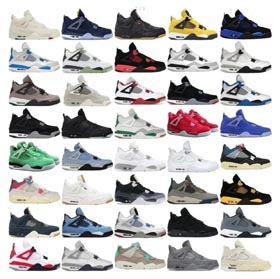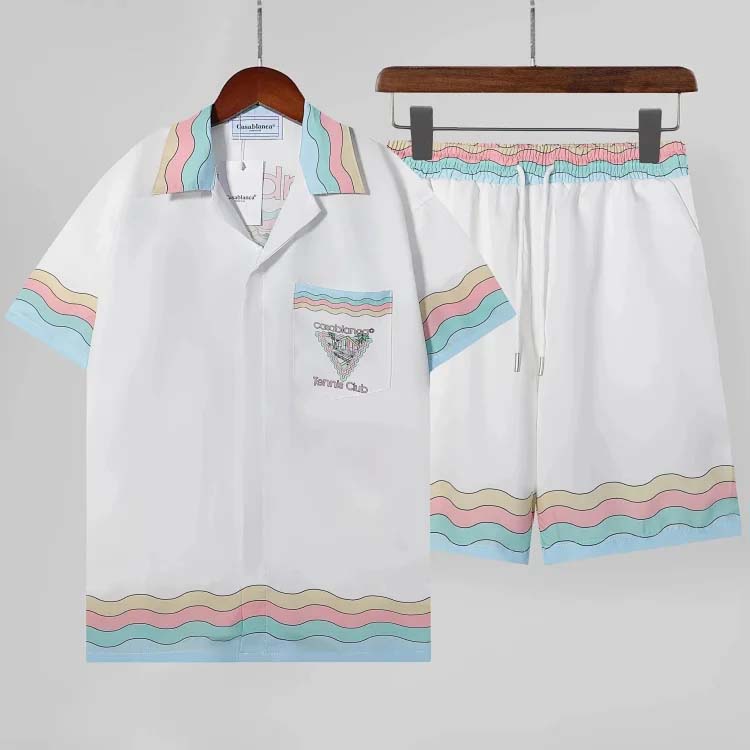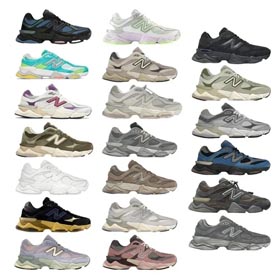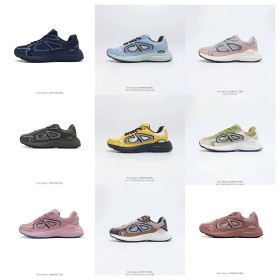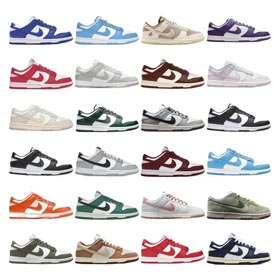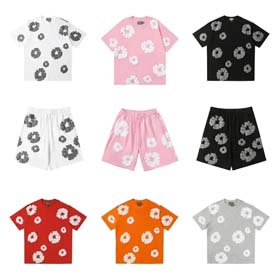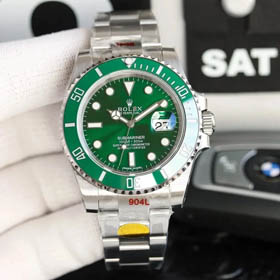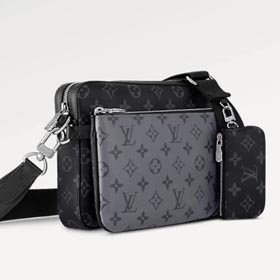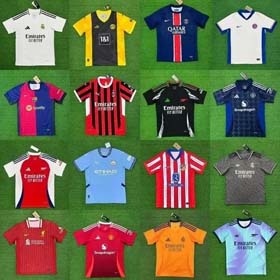Brand Partnership Evaluation Model
When it comes to assessing potential brand partners, having a systematic approach is crucial for代购者 to ensure that they are entering into profitable and sustainable relationships. By leveraging reviews and spreadsheet data, one can accurately evaluate the performance and reliability of potential partners. This article will explore how a cross-analysis of suppliers' "authenticity rate" and "customer repurchase rate" can be used to create a quadrant assessment model within a spreadsheet, allowing for the prioritization of "double high" suppliers and reducing cooperation risks by over 60%.The process begins with gathering comprehensive data on suppliers, focusing on two key metrics: the authenticity rate, which indicates the percentage of genuine products supplied, and the customer repurchase rate, which reflects the customer satisfaction and loyalty towards the supplier's products. These metrics are critical as they directly impact the reputation and financial success of the partnership.Once the data is collected, a four-quadrant model can be established in a spreadsheet. The x-axis represents the authenticity rate, while the y-axis represents the customer repurchase rate. Suppliers are then plotted on this graph based on their performance in these two areas. The quadrants are as follows:- Quadrant 1: High Authenticity and High Repurchase Rate (Double High Suppliers) - These are the ideal partners as they offer both genuine products and high customer satisfaction.- Quadrant 2: High Authenticity and Low Repurchase Rate - While these suppliers provide genuine products, there may be issues with customer satisfaction that need to be addressed.- Quadrant 3: Low Authenticity and Low Repurchase Rate - These suppliers pose a high risk and are not recommended for partnership due to both authenticity and satisfaction issues.- Quadrant 4: Low Authenticity and High Repurchase Rate - This quadrant is unusual as it suggests that despite low authenticity, customers are still satisfied, which may warrant further investigation into the reasons behind this paradox.By prioritizing suppliers in Quadrant 1,代购者 can significantly reduce the risk associated with brand partnerships. These "double high" suppliers are more likely to contribute to a successful and long-lasting collaboration. The use of this quadrant assessment model not only streamlines the evaluation process but also provides a visual representation of supplier performance, making it easier to make informed decisions.For further insights and to explore the quality of products from a reputable supplier, one can visit Chanel Handbags Footwear, which is known for its authentic and high-quality offerings.In conclusion, the quadrant assessment model is a powerful tool for代购者 to evaluate potential brand partners. By focusing on the authenticity and repurchase rates,代购者 can make strategic decisions that minimize risks and maximize the potential for a successful partnership.

